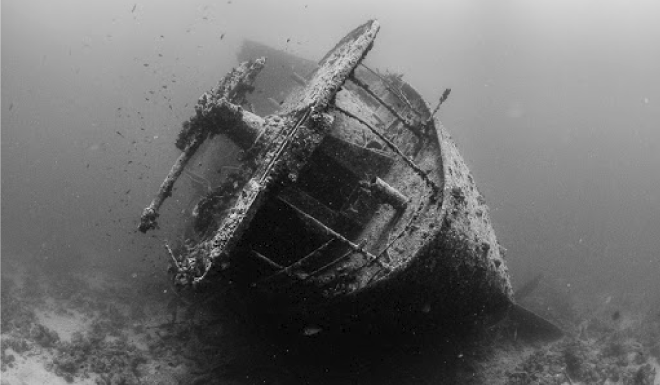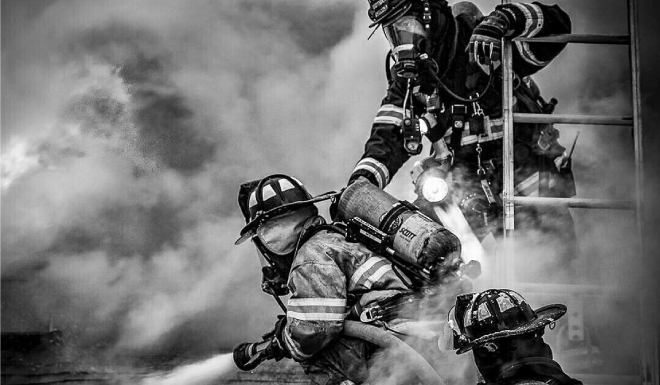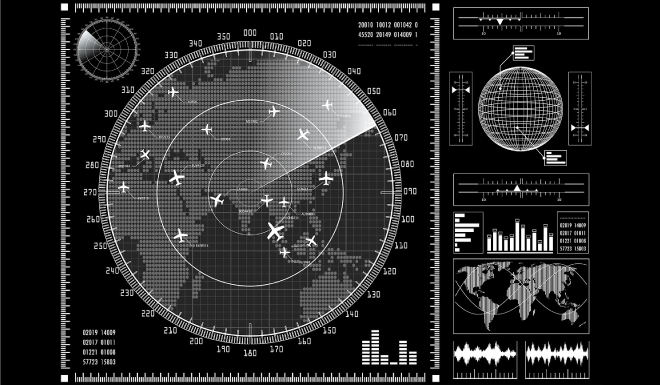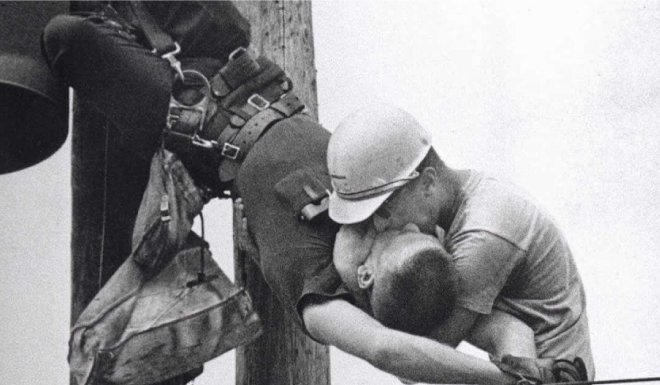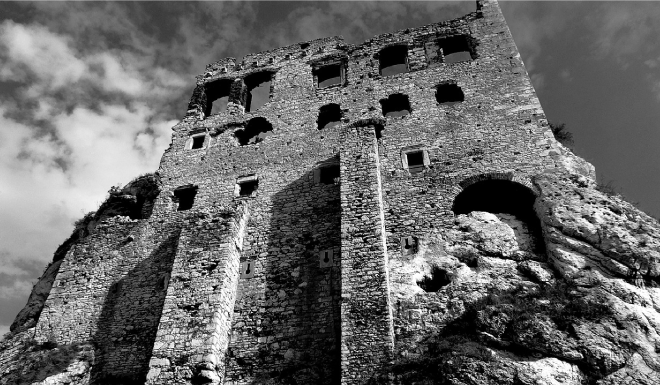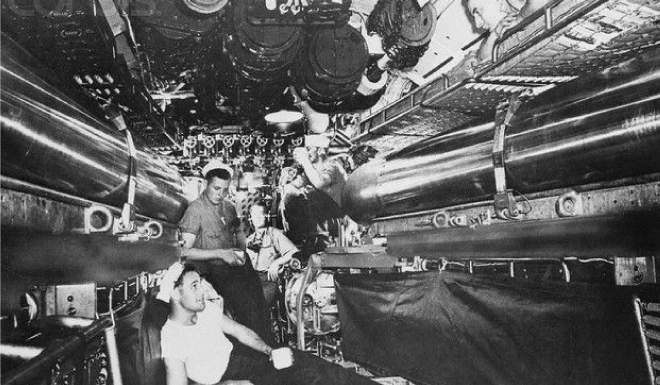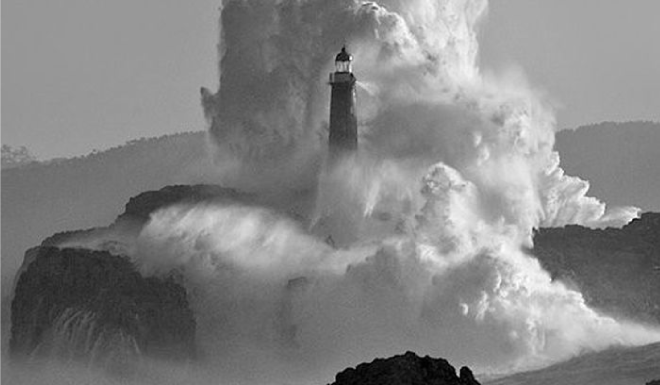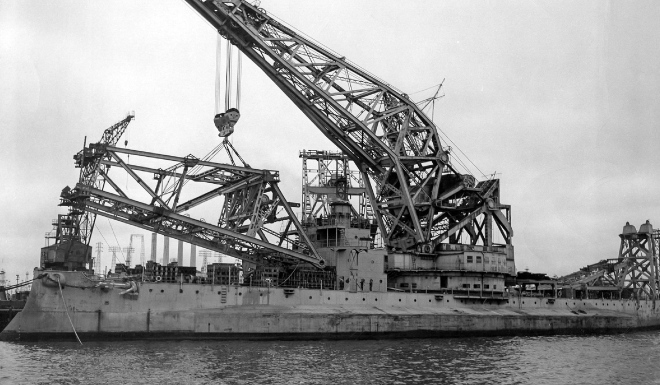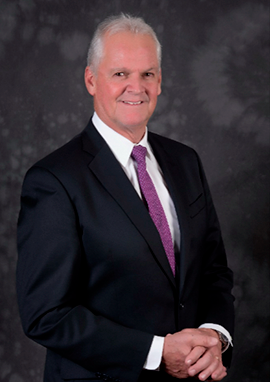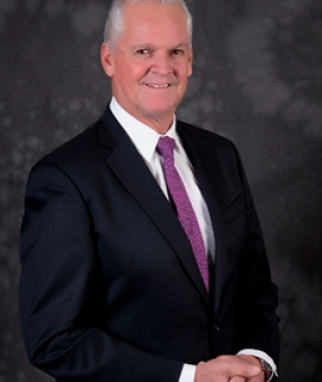
Crisis Management
CRISIS
From fatal accidents, ecological disasters, product contamination, service collapses, cyber-attacks, logistical blockades, boycotts and sabotage to regulatory threats, fraud allegations, citizen protests, social conflicts, adverse press, hostile networks, and media scandals. Predictable or not, any of these can turn a morning into a nightmare.
Under enormous pressure, uncertainty, escalation, time constraints, and confusing and insufficient information, understanding the situation and making decisions demand a special leadership ability to contain the damage through timely, coherent, and effective action and communication.
The important thing is to be prepared.
BIO
Consultant, author, speaker, and facilitator of learning processes in strategic crisis management. He has provided services to over a hundred companies and institutions in his country and abroad.
Lawyer from the Pontifical Catholic University of Peru, graduate of its master’s in international Economic Law and Doctorate in Business Administration and Management from the Polytechnic University of Catalonia and the Peruvian University of Applied Sciences.
Executive Management Program at PAD and Specialization Program for Boards (University of Piura). Executive Education Program on Strategic Crisis Management and Leading High Impact Teams (Kellogg School of Management). Executive Education Program on Reputation (Tuck School of Business and the Reputation Institute).
First executive director of the National Environmental Council, the pioneering environmental authority of Peru, and later president, consultant for the IDB for the Camisea Project, government relations manager at Minera Barrick, executive director of the ProNaturaleza Foundation, founder and president of the Sustainable Development Committee of Amcham Peru, founder and technical secretary of the ISO 26000 Social Responsibility Committee.
Professor for over ten years of the Strategic Crisis Management course at the Graduate School of the Peruvian University of Applied Sciences, where he was chosen best professor in two years. Author of “Crisis Management: What to Do When Everything Is Against Us?” (UPC Editorial, 2015) and “50 Crisis Autopsies: Why Management Kills More Than the Problem?” (UPC Editorial, 2018), published in Peru, Colombia, and Mexico. Also, author of “Mar Inmerso” (Lima, 2022) and “Diablo Mudo” (Lima, 2025), a more personal works.
PERSONAL STATEMENT
I believe I have witnessed many crises, been the architect of some, a victim of others, an advisor in several, and curious about all. I confess that they turn out to be too complex to fully understand, but too fascinating not to share what I have learned.
Making crises my work, which I have dedicated myself to professionally and exclusively for more than twenty years, I have discovered that within their enormous diversity, clearly marked phases and patterns, recurring biases and deviations, classic errors, hard dilemmas, and hidden opportunities are revealed, to which we respond with paralysis or impetus, error or success, or with the entire intermediate range.
We see it daily when we judge how someone managed their crisis. Comfortably situated far from the anguish and pressure that these naturally generate, we can observe the problem with clarity and compassion. Its origin, trend, and outcome are almost revealed to us from the beginning. But we lose that ability when we suffer ourselves. When we are stunned by confusion, expansive threats, aggressive media dynamics. We clearly see how others err, just as others see it in us when it is our turn.
We are good generals after the battle. The outcome orders the erratic succession of events and gives them coherence. At the end of the novel, when the mysterious face of the murderer is revealed, we exclaim that we knew it from the beginning (although we suspected him as much as the rest of the protagonists). Thus, we end up being good for others’ crises but not for our own, as well as good for past crises, but not for future ones.
The challenge is to be capable of the crises that come our way. When crisis cases are studied, their causes, processes, and the ways they were faced, whether successful or not, are analyzed, we learn from them. If the learning is shared, I believe it contributes to people, organizations, and society being able to protect the value they have built with effort when faced with a truly critical circumstance. Sharing it with those who did not have those experiences, or had them but did not learn, or learned but did not unlearn.
If I had one, that is my personal mission. As far as my competencies, space, and time allow me.
SERVICES
Guidance at the most critical moment of the organization to:
• Understand the situation and anticipate foreseeable scenarios.
• Identify and evaluate containment options.
• Order the decision-making process for the containment strategy based on action and communication, supported by the Crisis Management Dashboard © and the Trust Radar.
• Translate the strategy into an action plan with responsibilities, deliverables, and deadlines.
• Define the communication plan by establishing the desired perception, key messages, channels, and spokesperson preparation.
• Evaluate the evolution of the crisis.
• Provide recommendations for unexpected dynamics of events.
Workshops aimed at strengthening competencies in operational and management teams to respond promptly and effectively to rapidly igniting events, with high negative impact and notoriety, and involvement of broad stakeholder groups.
In formats of two hours or one day, the following contents are addressed:
• Understanding crises: nature and dynamics, decision-making processes (underestimation, paralysis, overreaction, and escalation), the double effect of time in increasing damage and reducing control capacity, value destruction on multiple fronts, and reputational damage.
• Containment techniques: supported by the Strategic Crisis Management Dashboard © and the Trust Radar; two tools that allow concentrating all possible energy quickly – perhaps in no more than two hours – to lower the temperature of the situation and contain the expansive damage of the crisis.
• Communication: understanding the logic of the media and journalists, how audiences form their opinion or are induced to it, defining the desired perception (explicitly, “how would we like tomorrow’s press headline to appear?”), communication pyramid, recall rate, framing and positioning through key messages, repetition and progression of them, social media interface.
• Spokespersons: interviewee profile, techniques for various formats (television interview, radio, live, recorded, press conference, impromptu interview, public call, panel presence), aggressive or permissive interviewer, personal appearance, diction and clarity, communication style, emphasis and message reiteration, emotional connection and empathy, body language, usual phrases that work, spokesperson evaluation.
• Management sequence and hierarchical link: key to organizing the situation assessment and ordering decision-making, as well as defining competencies and roles among the hierarchical levels of the group.
Exercises developed from a case personalized to the organization, hypothetical but with a high degree of realism, forcing participating teams to respond to a situation of explosive deployment, great negative impact, in a highly complex environment, with multiple actors involved, growing pressure, escalation, diverse perceptions, scarce time, incomplete information, confusion, unforeseen adversaries, unexpected evolution of events, counter-orders, and eventual effects of decisions different from what was expected. The exercise incorporates an interview segment with various spokespersons, integrating media training.
For the design of the simulation, a series of individual interviews are conducted with some members of the organization to gather inputs and identify potential vulnerability flanks. None of the workshop participants know the characteristics of the simulation in advance.
The dynamics allow evaluating key aspects through quadrants of strengths and weaknesses of the teams in the areas of reaction sequence, time use and multitasking, internal and external communication, resilience, internal alignment, empathy, adaptation to unpredictables, and leadership.
Aimed at establishing in advance the configuration of the organization in Crisis Committee mode, so that it can channel the enormous energy required to face a rapidly expanding crisis quickly and effectively.
It does not constitute a procedure for responding to emergencies or field contingencies or operational continuity, but it is articulated with them when certain critical events – arising from own activities or not – escalate and involve authorities, press, networks, activists, unions, communities, suppliers, customers, partners and require immediate and determined containment, concentrating the greatest energy of the organization ordered by the highest level of hierarchical decision.
The procedure is the result of a standardized scheme designed by the consultant that adjusts and adapts to the nature of the business, structure, environmental conditions, risk matrix, and management styles. Its design is nourished by the aforementioned crisis management workshop, so the combination of both services is recommended.
The main contents of the procedure are:
• Crisis Committee
o Composition
o Rapid call mechanism
o Role of its members in crisis and pre-crisis
• Situation levels
o General criteria
o Safety
o Operational interruption
o Social protests
o Political, regulatory, or judicial front
o Media intensity
• Committee operational sequence
o Identification
o Options
o Decision
o Implementation
o Reevaluation
• Crisis Management Dashboard ©
o Objectives to protect and sacrifice
o Positioning options
o Containment plan
o Communication plan
o Trust radar
• Complementary tools and advice
o Control center (war room)
o Procedure vs. energy
o Strategy vs. execution
o Option cost vs. effectiveness
o Problem understanding
o Orientation vs. focus
o Performance vs. communication
o Advice to spokespersons
o Regulation vs. compliance
o Profile vs. image
o Rumor management
o Perception gaps
o Rejection vs. damage
o Actor segmentation
o Materiality
o Social support projects
o Risk control format
Its usual extension is about 40 slides in powerpoint format, to give the document a visually graphic and executive character. The consultant accompanies and guides the process of incorporating and adapting the components so that, maintaining its format and without exceeding it, it can functionally fit into the client’s existing procedures.
Beyond the crises that a company or organization may individually face, there are those that involve entire sectors associated this time with the very nature of the activity, even when it is carried out with all the required permits and licenses and rigorously complying with them.
Framed in new dynamics of trends, preferences, activism, empowerment, fashion, post-truth, polarization, populism, ideologies, influencers, references, regulations, and social causes enhanced by networks and even artificial intelligence, organized interest groups question the “social legitimacy” of an entire sector for accusations such as pollution, habitat alteration, cultural changes, health damage, animal abuse, discrimination, stimulation of consumerism, or economic distortion, to name a few.
No business sector is free from this threat: banking, insurance, telecommunications, infrastructure, pharmaceuticals, agriculture, livestock, fishing, forestry, infrastructure, concessions, mining, energy, transportation, hospitals, retail, entertainment, show business, cinema, museums, gastronomy, food, beverages, tobacco, alcohol, tourism, computing, social platforms, etc.
Each of these sectors confesses to feeling overregulated and misunderstood.
These attacks on the social legitimacy of the sector denounce the impacts of the activity itself. Despite being legally permitted and operating in order, they accuse them of generating intolerable impacts that end up affecting the reputation of the entire category, determining radical regulatory changes that completely alter the operating or growth conditions, or even threatening its existence.
Knowing the reputational vulnerabilities of the different sectors, the varied – and often skillful – questioning strategies adopted by interest groups and the defensive tactics of those who suffer them, it is possible to broaden the perspective and design positioning strategies for neutralization, weakening, containment, confinement, diversion, or dilution, thus protecting the sector’s reputation and viability.
CLIENTS
ACCEP- ASOCIACIÓN DE CENTROS COMERCIALES Y DE ENTRETENIMIENTO
AESA INFRAESTRUCTURA Y MINERÍA
ASBANC
ASOCIACIÓN PERUANA DE AVICULTURA
AVÍCOLA REDONDOS
AVÍCOLA SAN FERNANDO
BANCO CENTRAL DE LA REPÚBLICA DOMINICANA
BANCO DE LA NACIÓN
BANCO DE LOJA (ECUADOR)
BANCO FALABELLA
BANCO PICHINCHA (ECUADOR)
BCP
BONAPHARM
CEMENTOS YURA
CENTENARIO
CIBERTEC
CLÍNICA EL GOLF
CLÍNICA INTERNACIONAL
CLÍNICA JAVIER PRADO
COOB PERÚ
COLEGIO NEWTON
CONSERVATION INTERNATIONAL PERÚ
CREDICORP
CROSLAND
DISTRILUZ
ELECTRO SUR ESTE
ELECTROPERÚ
ENERSUR
ESTUDIO MIRANDA AMADO
FALABELLA PERÚ
FONDO MIVIVIENDA
FUNDACIÓN ROMERO
FUNDICIÓN PIRA PORA (BRASIL)
FUNDICIÓN PISCO
GALLAHER SEGUROS
GRANJA RINCONADA DEL SUR
GRANJA SANTA ELENA
GRUPO MICHELL
HOTELES LIBERTADOR
INCA RAIL
INDECO
INKABOR
IPAE
JV RESGUARDO
KFC DELOSI
KIMBERLY CLARK (ECUADOR)
KIMBERLY CLARK (BOLIVIA)
KIMBERLY CLARK (COLOMBIA)
KIMBERLY CLARK (VENEZUELA)
KIMBERLY CLARK PERÚ
LA POSITIVA SEGUROS
LABORATORIOS BAGÓ
LATINA TV
MBA RIESGOS (COLOMBIA)
MEDCO
MEPSA
MIBANCO
MIFARMA
MINERA ANGLOAMERICAN MICHIQUILLAY
MINERA ANGLOAMERICAN QUELLAVECO
MINERA ANTAMINA
MINERA ARES
MINERA ARGENTA (ARGENTINA)
MINERA CERRO VERDE
MINERA CORONA SIERRA METALS
MINERA GOLDFIELDS LA CIMA
MINERA HORIZONTE
MINERA LAS BAMBAS
MINERA LOS CHANCAS
MINERA MILPO
MINERA MINSUR
MINERA MISKY MAYO
MINERA PAN AMERICAN SILVER PERU
MINERA PITINGA (BRASIL)
MINERA PUCAMARCA
MINERA RAURA
MINERA QUECHUA
MINERA SAN RAFAEL
MINERA SOUTHERN PERÚ
MINISTERIO DE ENERGÍA Y MINAS
MINISTERIO DE RELACIONES EXTERIORES
MONTANA
NAVIERA TRANSOCEÁNICA
NEXTEL
OSINERGMIN
PARCO ARAUCO PERÚ
PETROTAL
PLUSPETROL
PRIMA AFP
PROMOTORA GRUPO NORTE
PROMPERÚ
QUÍMICA SUIZA
RENAISSANCE EXECUTIVE FORUMS
ROCHE
SAN MARTIN CONTRATISTAS
SEDAPAL
SEGUROC
SEGUROS RIMAC
SN POWER – CHEVES
SNMPE
SOLGAS
SOUTHERN PERÚ
SUNAFIL
SUNARP
SUNASS
SUSALUD
SYNLAB PERÚ
TASA
THE WORLD BANK
UNILEVER PERÚ
UPC – ESCUELA DE POSTGRADO
UNIVERSIDAD DE PIURA – PAD
WEIR MINERALS PERÚ
ACCEP- ASOCIACIÓN DE CENTROS COMERCIALES Y DE ENTRETENIMIENTO
AESA INFRAESTRUCTURA Y MINERÍA
ASBANC
ASOCIACIÓN PERUANA DE AVICULTURA
AVÍCOLA REDONDOS
AVÍCOLA SAN FERNANDO
BANCO CENTRAL DE LA REPÚBLICA DOMINICANA
BANCO DE LA NACIÓN
BANCO DE LOJA (ECUADOR)
BANCO FALABELLA
BANCO PICHINCHA (ECUADOR)
BCP
BONAPHARM
CEMENTOS YURA
CENTENARIO
CIBERTEC
CLÍNICA EL GOLF
CLÍNICA INTERNACIONAL
CLÍNICA JAVIER PRADO
COOB PERÚ
COLEGIO NEWTON
CONSERVATION INTERNATIONAL PERÚ
CREDICORP
CROSLAND
DISTRILUZ
ELECTRO SUR ESTE
ELECTROPERÚ
ENERSUR
ESTUDIO MIRANDA AMADO
FALABELLA PERÚ
FONDO MIVIVIENDA
FUNDACIÓN ROMERO
FUNDICIÓN PIRA PORA (BRASIL)
FUNDICIÓN PISCO
GALLAHER SEGUROS
GRANJA RINCONADA DEL SUR
GRANJA SANTA ELENA
GRUPO MICHELL
HOTELES LIBERTADOR
INCA RAIL
INDECO
INKABOR
IPAE
JV RESGUARDO
KFC DELOSI
KIMBERLY CLARK (ECUADOR)
KIMBERLY CLARK (BOLIVIA)
KIMBERLY CLARK (COLOMBIA)
KIMBERLY CLARK (VENEZUELA)
KIMBERLY CLARK PERÚ
LA POSITIVA SEGUROS
LABORATORIOS BAGÓ
LATINA TV
MBA RIESGOS (COLOMBIA)
MEDCO
MEPSA
MIBANCO
MIFARMA
MINERA ANGLOAMERICAN MICHIQUILLAY
MINERA ANGLOAMERICAN QUELLAVECO
MINERA ANTAMINA
MINERA ARES
MINERA ARGENTA (ARGENTINA)
MINERA CERRO VERDE
MINERA CORONA SIERRA METALS
MINERA GOLDFIELDS LA CIMA
MINERA HORIZONTE
MINERA LAS BAMBAS
MINERA LOS CHANCAS
MINERA MILPO
MINERA MINSUR
MINERA MISKY MAYO
MINERA PAN AMERICAN SILVER PERU
MINERA PITINGA (BRASIL)
MINERA PUCAMARCA
MINERA RAURA
MINERA QUECHUA
MINERA SAN RAFAEL
MINERA SOUTHERN PERÚ
MINISTERIO DE ENERGÍA Y MINAS
MINISTERIO DE RELACIONES EXTERIORES
MONTANA
NAVIERA TRANSOCEÁNICA
NEXTEL
OSINERGMIN
PARCO ARAUCO PERÚ
PETROTAL
PLUSPETROL
PRIMA AFP
PROMOTORA GRUPO NORTE
PROMPERÚ
QUÍMICA SUIZA
RENAISSANCE EXECUTIVE FORUMS
ROCHE
SAN MARTIN CONTRATISTAS
SEDAPAL
SEGUROC
SEGUROS RIMAC
SN POWER – CHEVES
SNMPE
SOLGAS
SOUTHERN PERÚ
SUNAFIL
SUNARP
SUNASS
SUSALUD
SYNLAB PERÚ
TASA
THE WORLD BANK
UNILEVER PERÚ
UPC – ESCUELA DE POSTGRADO
UNIVERSIDAD DE PIURA – PAD
WEIR MINERALS PERÚ
PERSONAL QUOTES
BOOKS
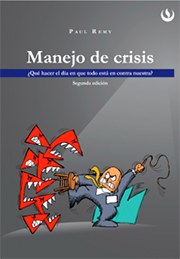
Printed version:
SBS Librería Internacional
Digital version:
Editorial UPC
Apple Books (E-Book)
Amazon
Buecher.de
Audiobook:
Biblioteca UPC
Editorial UPC
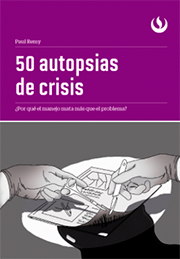
Printed version:
SBS Librería Internacional
Libun
Digital version:
Editorial UPC
Apple Books (E-Book)
Amazon
Buecher.de
Perubooks
Audiobook:
Biblioteca UPC
Editorial UPC
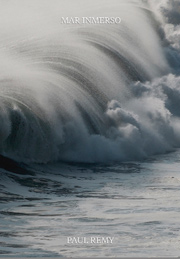
IMMERSED SEA
The experiences of a spearfisher along the coasts of Peru—never more than an amateur. Some are funny, others curious, a few a bit reflective, one or two downright bizarre, and at least one, truly dramatic. All of them slippery and elusive to memory, but patiently hauled in with nets and hooks from the whirlpool of recollections, now left stranded on the shore of consciousness.
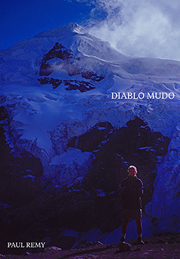
MUTE DEVIL
A telling of my trekking journeys through remote highland regions of the Peruvian Andes—where peaks, snowcaps, glaciers, ridges, spurs, folds, moraines, mountain passes, divides, saddles, plateaus, canyons, gorges, cliffs, abysses, ravines, scree slopes, hollows, moorlands, wetlands, grasslands, forests, springs, headwaters, streams, waterfalls, rivers, valleys, lagoons, scattered hamlets, and highland folk—leave anyone bold enough to venture there with a spirit stunned by the sheer force of such an overwhelming experience.


